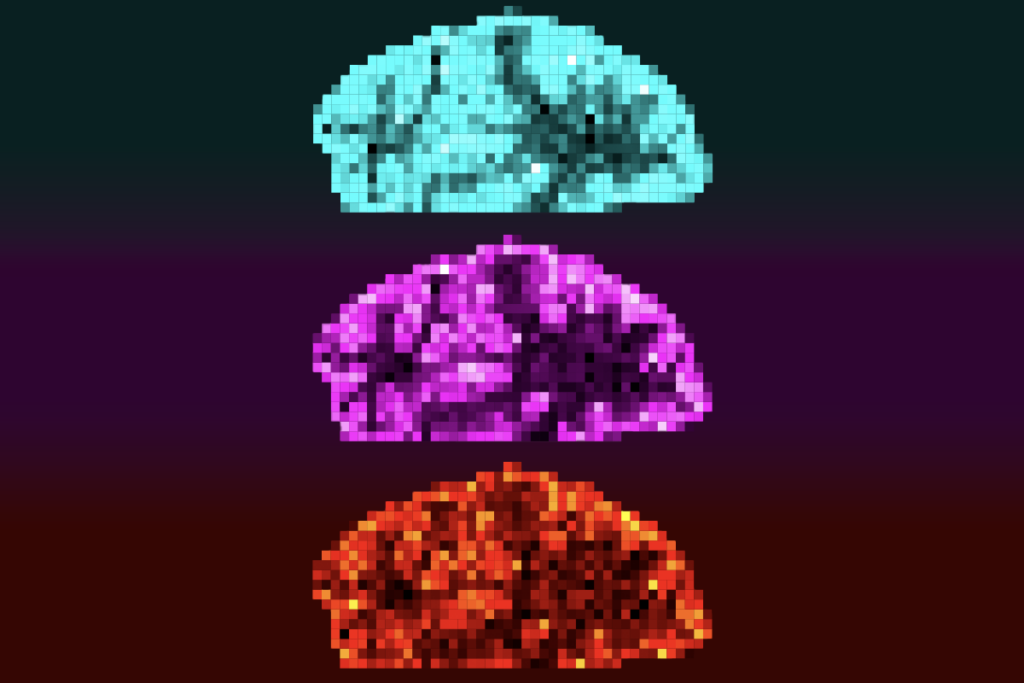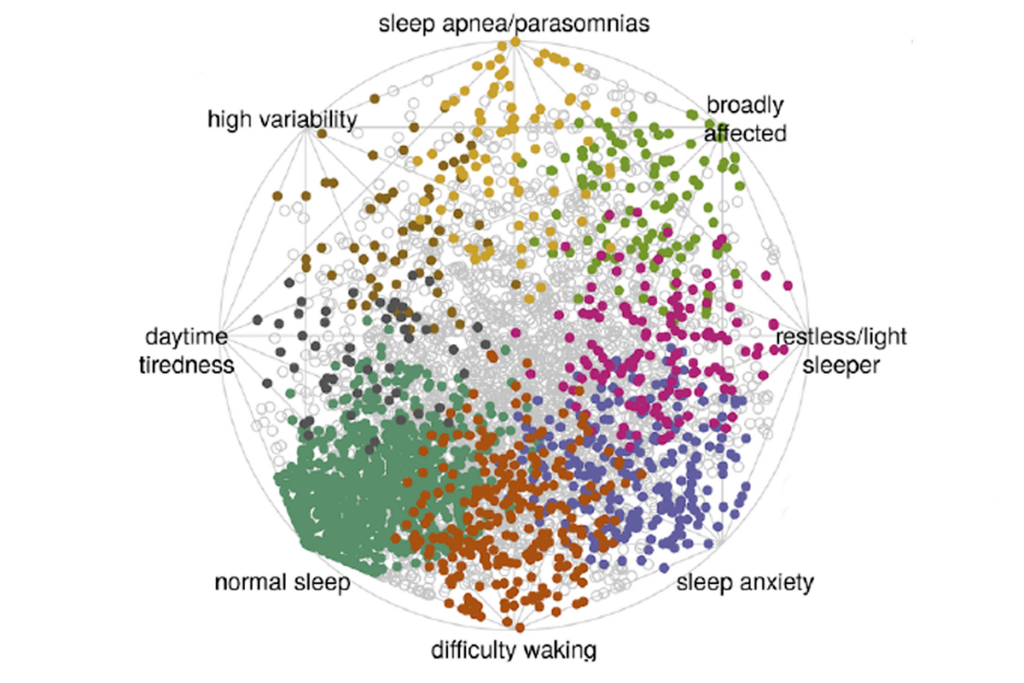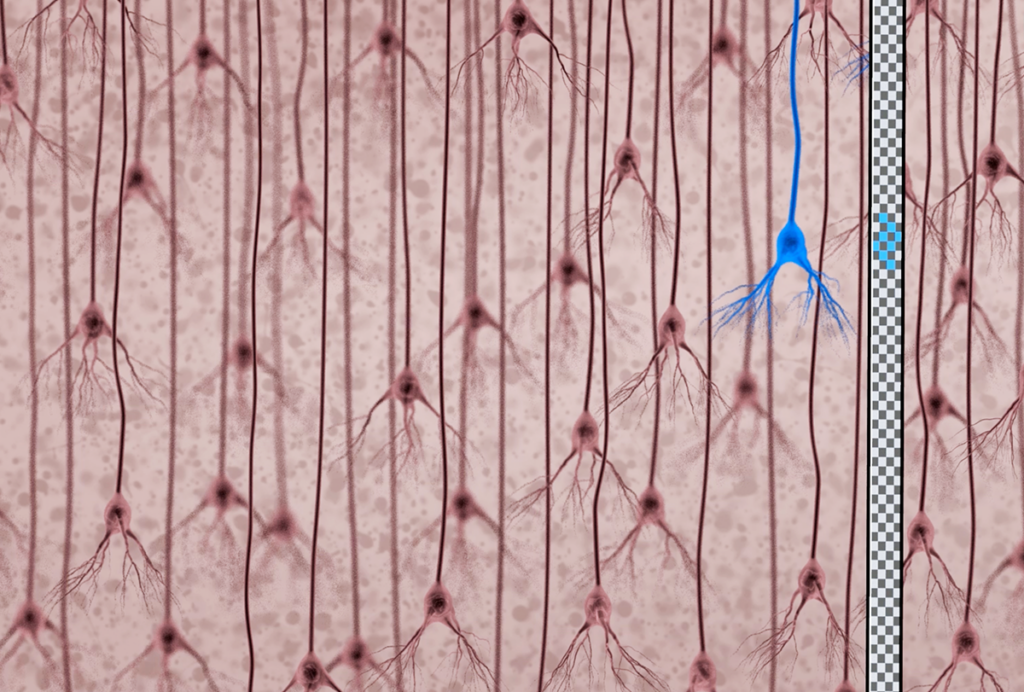Environment, genetics may contribute equally to autism risk
A large study of autism in Swedish families suggests that about half of the risk for autism comes from genetics and the other half from environmental factors, researchers reported 7 May in The Journal of the American Medical Association. However, the mathematical model the study used may not be appropriate for evaluating autism risk, experts say.
A large study of autism in Swedish families suggests that about half of the risk for autism comes from genetics and the other half from environmental factors, researchers reported 7 May in The Journal of the American Medical Association1. However, the mathematical model the study used may not be appropriate for evaluating autism risk, experts say.
The study found that the risk of autism rises with increasing genetic relatedness to a family member with the disorder. For instance, a sibling of a child with autism has a tenfold greater risk of autism than the general population, whereas a cousin has double the risk.
Unlike most projects of this nature, the study looks at both the risk of autism’s recurrence in a given family and the role of genetics using the same population, says Diana Schendel, professor of psychiatric epidemiology at Aarhus University in Denmark, who was not involved in the study. “It’s confirming very strongly what we believed based on previous studies of smaller samples.”
Previous reports have pegged the autism risk for high-risk ‘baby sibs’ at 20-fold higher than for controls2,3. And twin studies have shown that identical twins are far more likely to share an autism diagnosis than are fraternal twins.
Together, these studies suggested that up to 90 percent of autism risk is genetic rather than environmental.
However, a 2011 study in California of 192 twin pairs found that more than half the risk could be chalked up to environmental factors such as the age of the parents. The mathematical model used in that study attributed 58 percent of the risk to environmental factors and 38 percent to genetics.
At the time, some researchers noted that the California study was not large enough to draw conclusions about autism’s causes. It also didn’t take into account spontaneous mutations, which play a big role in autism risk, says Michael Wigler, professor of genetics at Cold Spring Harbor Laboratory in New York, who was not involved in either study.
Family ties:
The new study uses the same mathematical model, but relies on a larger sample size of more than 2 million people.
“We brought in the biggest sample yet,” says Sven Sandin, researcher of epidemiology at Karolinska Institutet in Stockholm, who led the statistical analysis. “That’s why we think that our results are more generalizable.”
Sandin and his colleagues looked at people born in Sweden between 1982 and 2006, counting people multiple times based on their number of familial relationships. The cohort includes 2,642,064 full-sibling pairs; 432,281 half-siblings who share a mother; 445,531 half-siblings who share a father; 5,799,875 pairs of cousins and 37,570 pairs of twins. In all, 14,516 children have a diagnosis of an autism spectrum disorder.
“The nice thing about this is it’s not only based on twins, but also other family members,” says Joachim Hallmayer, associate professor of psychiatry and behavioral science at Stanford University in California, who led the 2011 California study. He was not involved in the new research.
The identical twin of an individual with the disorder has an autism risk 153-fold higher than that of typically developing twins. The risk is about eightfold higher in fraternal twins and about threefold higher in half-siblings compared with the general population.
“Families who may be concerned about the recurrence of autism in their families can take the results here and have at least some information about the reality of risk,” says Avraham Reichenberg, lead investigator and professor of psychiatry and preventive medicine at Mount Sinai Hospital in New York.
The findings are in line with those from a 2013 Danish study of families with a history of the disorder. Although autism is about three times more common in males than in females in the new study, the recurrence risk for family members is slightly higher for siblings of girls with the disorder than for siblings of affected boys.
The recurrence doesn’t vary over the five-year chunks in which the researchers assessed the risk. This suggests that the causes of autism stayed the same despite its increasing prevalence, Reichenberg says.
Model point:
Experts have little complaint with that aspect of the new study. The researchers then used a mathematical model to estimate the contributions to autism risk from genetic and environmental factors.
Specifically, they found that ‘additive genetic effects,’ or the number of genetic factors linked to autism that are inherited from each parent, account for 50 percent of the risk. Non-shared environmental influences account for the other 50 percent. These might include the flu a woman has during a pregnancy, which would not increase the risk for children born from other pregnancies.
“It will not necessarily be the same genes and the exact same environment that lead to autism in two families,” Reichenberg says.
The researchers found that shared environmental factors, such as the milieu in the womb, have negligible effects on autism risk, but didn’t specify which factors might be influential. In contrast, the California study pegged only shared environmental influences, such as low birth weight in twins, in autism risk.
Hallmayer says it’s difficult to directly compare the findings of the twostudies because one looked at twins and the other looked at families.
Interestingly, a Swedish twin study of 16,858 individuals reported in 2010 that genetic effects account for 80 percent of autism risk in that cohort4. The fact that both Swedish studies used the same model and found such variable results highlights its limitations, researchers say.
Because models cannot capture all variables, they are inherently “crude” measures, says Schendel. “With heritability, as with any modeling, you make some assumptions about what is happening in the real world to simplify your model,” she says.
The model assumes, for instance, that the genetic and environmental factors that cause autism do not interact with one another, says Kenneth Ye, associate professor of epidemiology and population health at Albert Einstein College of Medicine in New York. Ye and Wigler frequently collaborate on projects.
Also, the model is best used for disorders caused by small effects from multiple genetic factors. “I think we know from autism studies that there are a good proportion of cases [in which] it comes from one of a few mutations,” Ye says.
This means that the model may be inappropriate for parsing autism risk, he says. A 2007 study by Wigler and his colleagues suggests that in many cases, autism is caused by a few mutations — maybe only one — with strong effects and multiple targets5.
Knowing the severity of the disorder in each individual and whether his or her parents have any symptoms might help to determine whether the disorder is passed on from the mother, the father or both, Wigler says. “Is it a case where one [has] strong [autism symptoms] and the half-sibling is on the spectrum? One would like to know that,” Wigler says.
Not everyone is as critical of the model, but say it does have flaws.
For example, the model assumes that random effects from the environment may increase autism risk, but random mutations also increase risk, says Aravinda Chakravarti, professor of genetics at Johns Hopkins University School of Medicine in Baltimore, who was not involved in the study.
“If you do not specify [what constitutes] the environment, then saying something is environmental as opposed to a random outcome is not a scientific conclusion,” he says.
The researchers say they are aware of these shortcomings, but believe the model still gives a broad view of autism’s causes.
“All we need is a crude measure,” Sandin says. “Is it 90 percent or is it 10 [percent genetic]? I believe that this model can deliver that.”
References:
1: Sandin S. et al. JAMA 311, 1770-1777 (2014) PubMed
2: Bolton P. et al. J. Child Psychol. Psychiatry 35, 877-900 (1994) PubMed
3: Ozonoff S. et al. Pediatrics 128, e488-495 (2011) PubMed
4: Lichenstein P. et al. Am. J. Psychiatry 167, 1357-1363 (2010) PubMed
5: Zhao X. et al. Proc. Natl. Acad. Sci. 104, 12831-12836 (2007) PubMed
Recommended reading
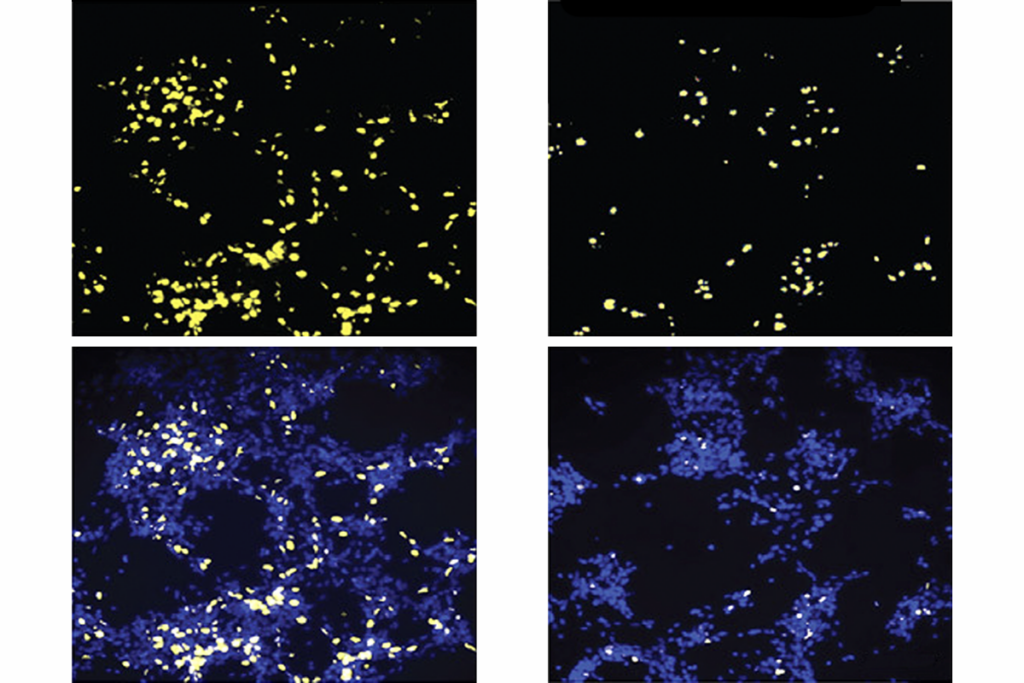
Documenting decades of autism prevalence; and more

Expediting clinical trials for profound autism: Q&A with Matthew State
Explore more from The Transmitter
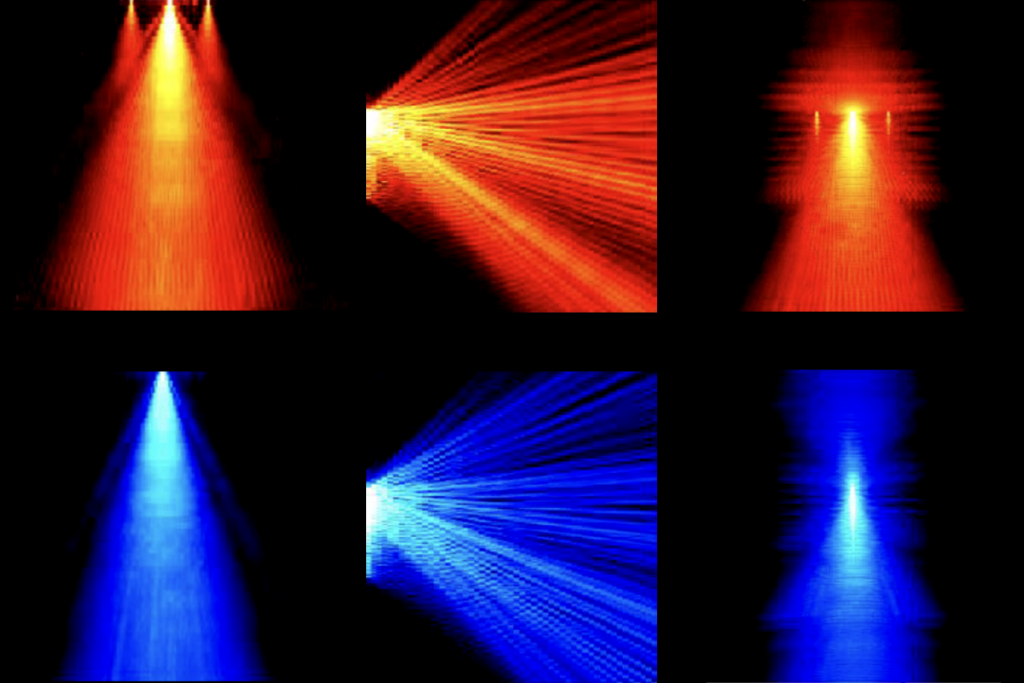
‘Perturb and record’ optogenetics probe aims precision spotlight at brain structures
